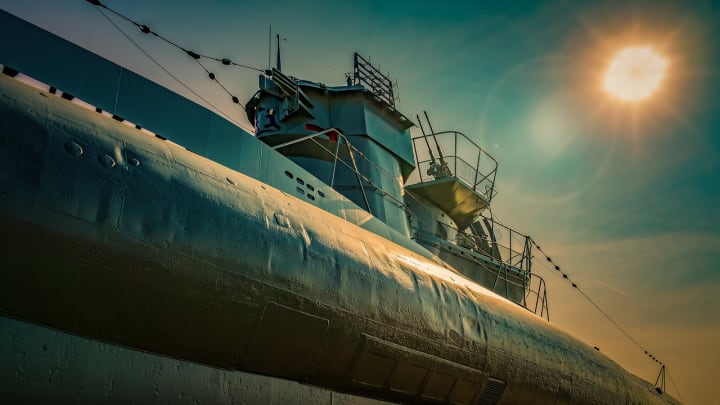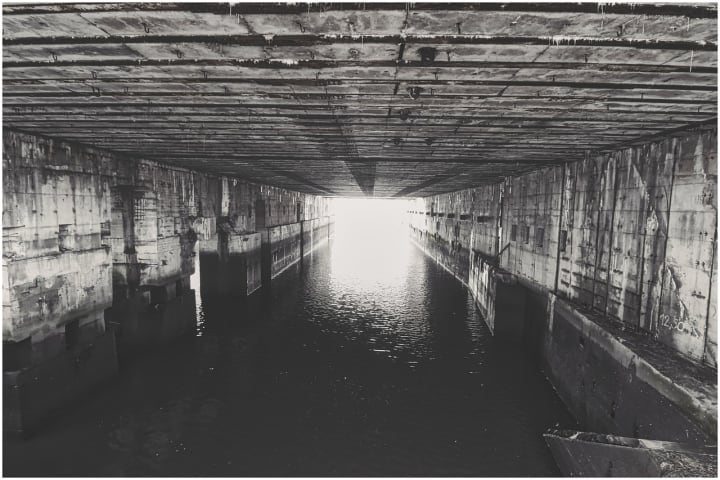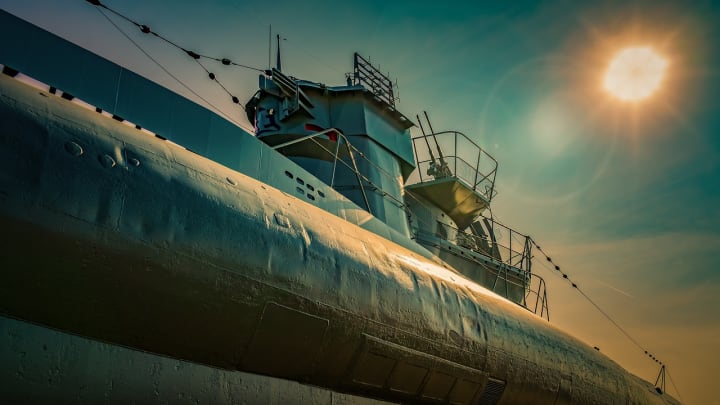Desperate Race Against Time: Inside the Titanic Subs Struggle for Survival
Discover the intense and gripping story of the Titanic Sub's desperate race against time for survival in the depths.

Table of Contents
• Welcome to the Titanic Sub Search
• A Close Look at the Titanic Submarine
• The Race Against Time
• The Search Process
• Importance of the Search
• Conclusion
Welcome to the Titanic Sub Search
The Titanic has been one of the most talked-about historical events of the last century. The ship that was famously called 'unsinkable' met its doom in the Atlantic Ocean in April 1912. The Titanic Sub, the vessel that was sent into the depths of the ocean to explore the wreckage of the Titanic, has been in the news recently due to a desperate race against time.
The sub is equipped with robotic arms and cameras that allow it to survey the wreckage up close. The sub is also fitted with a ballast system that allows it to stay buoyant as it moves through the water.

The Race Against Time
The Titanic Sub search has been a desperate race against time. The sub has just 40 hours of air left, which means that the crew needs to work quickly to explore the wreckage before they run out of air. The stakes are high in this mission, and the crew understands that they need to work as efficiently as possible.
The situation on the sub is tense, and the crew is under immense pressure. The crew members are working around the clock to capture as much information as they can before they are forced to return to the surface.
The Air Limit
The Titanic Sub has a limited air supply that is carried in tanks on board the vessel. The sub can only carry a limited amount of air due to its weight restrictions. The air limit on the sub is around 40 hours, which is a relatively short amount of time considering the work that needs to be done by the crew.
The crew constantly monitors the air supply, checking how much air is left and how much air they need to get back to the surface. The crew has also implemented a number of contingency plans in case they run out of air, including a back-up air supply and emergency communication equipment.
Measures Taken to Ensure Safety
The crew of the Titanic Sub has taken several measures to ensure their safety during the mission. The sub has been equipped with a number of safety features, including oxygen tanks, life rafts, and survival suits. The crew members are also highly trained and experienced, making them more capable of handling emergency situations.
The sub has a team of support staff on the surface, who are monitoring the sub's progress and tracking its location. In case of an emergency, the support staff can respond quickly and provide assistance to the crew.

The Search Process
The search process for the Titanic Sub has been a complex and challenging undertaking. The sub has been exploring a vast area of the ocean floor, which makes locating the wreckage a difficult task. The crew has been using a variety of techniques to locate the wreckage, including sonar imaging and remotely operated vehicles.
The crew has also been using high-definition cameras to capture images of the wreckage. The images are then analyzed by experts on the surface, who can identify and document significant findings.

Challenges of Deep-Sea Exploration
Deep-sea exploration has always been a challenging field. The ocean is vast, and the conditions at the depths that the Titanic Sub is exploring are extreme. The water pressure at those depths is over 5,500 pounds per square inch, which is enough to crush most objects.
The crew of the Titanic Sub needs to be well-equipped and experienced to handle the dangers of deep-sea exploration. The crew also needs to manage their time and resources carefully to make the most out of the limited air supply available to them.
Importance of the Search
The search for the Titanic Sub is an important undertaking for several reasons. Firstly, the Titanic is an important part of our history, and exploring the wreckage can give us more insight into the events that led up to its sinking. Secondly, the technology used in the sub, and the techniques developed during the mission, can be applied to other areas of deep-sea exploration, giving us more insight into the mysteries of the ocean.
The search for the Titanic Sub has also opened up new opportunities for education and public outreach. The crew has been sharing their experiences and findings on social media, allowing people from all over the world to be a part of this historic mission.
Conclusion
The race against time for the Titanic Sub has been intense, but the crew remains focused and committed to their mission. The crew members of the sub are heroes who are pushing the boundaries of what we know about the ocean floor. As the search continues, we can only hope that the crew can safely explore the wreckage and bring back valuable insights into one of the most significant events in human history.
About the Creator
Enjoyed the story? Support the Creator.
Subscribe for free to receive all their stories in your feed. You could also pledge your support or give them a one-off tip, letting them know you appreciate their work.





Comments
There are no comments for this story
Be the first to respond and start the conversation.